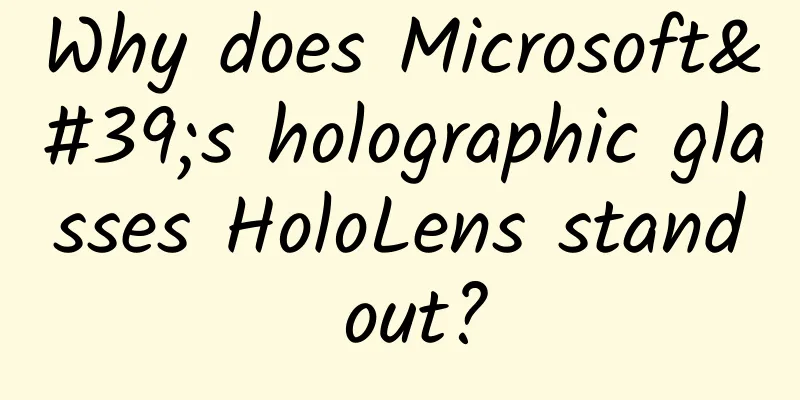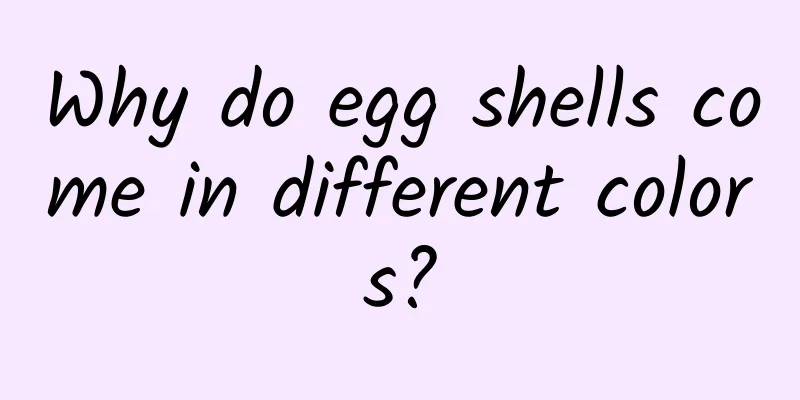Why does Microsoft's holographic glasses HoloLens stand out?

|
January 25 news, Microsoft has a vision for the future, they strive to bring things in science fiction to reality. But has the future come to us? The answer is both yes and no. Microsoft unveiled its HoloLens on Wednesday, a sleek, futuristic device with transparent lenses through which you can still see your world, but suddenly everything has changed — 3D objects floating in midair, virtual screens hanging on the walls, and virtual creatures running amok in your bedroom. Technology companies have long promised to bring the future to our very eyes, and Hollywood has done the same on the big screen. In Minority Report, Tom Cruise's character uses gestures on a transparent screen to handle his police duties. Five years later, Apple 's iPhone allows people to interact in a similar way. Microsoft also launched its own Kinect gesture control device, which can recognize human body movements. Going back even further, in the world depicted in The Matrix, computers were connected to people's brains to present virtual city scenes. In Star Trek, computers created a perceptible world for people through energy fields and visual technology. We’re still a long way from that world, but we’re taking small steps in that direction. Companies like Facebook, Google, and Microsoft are trying to make science fiction a reality. So, what is the difference between Microsoft's HoloLens and other virtual reality devices? What is HoloLens and how does it work? Microsoft's HoloLens doesn't generate a 3D world visible to everyone like in Star Trek. Only the wearer can see it, and everyone else will just see you wearing a pair of funny and weird glasses. Another key point about HoloLens is that Microsoft isn't trying to present a completely different world to you, but rather to overlay some computer-generated effects on top of the real world. You can still walk around and talk to people without having to worry about bumping into walls. The glasses will track your movements and gaze, and then generate appropriate virtual objects, projecting them into your eyes through light. Because the device knows your position, you can use gestures - currently only supporting raising and lowering your fingers in mid-air to click - to interact with virtual 3D objects. There's a lot of hardware that helps the HoloLens come to life. Various sensors track your movement around the room, then layer colored lenses to create objects that you can interact with from different angles. Want to see the other side of a virtual motorcycle in the middle of your kitchen? No problem, just walk to the right side. The glasses use a camera to observe objects in the room, so the device can know the position of tables, chairs and other objects, and then it can project 3D images on the surface of these objects or even inside them - for example, project a virtual explosive on the table, and you can observe the situation inside after detonating it. While playing in the Minecraft demo, I tapped my finger on a real-world coffee table and the surface was instantly destroyed, revealing a cave filled with lava. Although there are still limitations, Microsoft has demonstrated the potential of the technology. An invited audience member had a video conversation with a Microsoft employee through HoloLens. In order to help the invitee rewire the light switch, the Microsoft employee drew sketches and arrows, which were presented to the invitee through a camera in the HoloLens, and further demonstrated what tools were needed and how to use them. Think about the role these technologies could play in training pilots or surgeons. Differences from Rift What about the Oculus Rift? Created by Oculus VR, which was acquired by Facebook for more than $2 billion in March 2014, the Oculus Rift was once considered the poster child for the virtual reality market. The Oculus Rift and Microsoft HoloLens are similar in that they both need to be worn on the head. Other than that, they are completely different products. While Microsoft's product helps people interact with the real world, Oculus wants to immerse us in a completely new virtual world. In short, the Rift is a screen that sits on your face. When you turn it on, it tricks your brain into thinking you're in a completely different world, like a spaceship in space or on the edge of a skyscraper. The device could one day allow you to be at a live basketball game or sunbathe on the beach. Oculus' goal is to make users feel as if they are in the real world. That feeling is called "presence", which is not the direction that Microsoft HoloLens pursues. “This is one of the few technologies I’ve seen that I feel is a harbinger of the future,” wrote venture capitalist Chris Dixon, who helped raise money for Oculus VR. “The others were: the Apple II, the Macintosh, Netscape, Google, the iPhone, and most recently, the Oculus Rift.” Oculus isn't the only company trying this, Sony has a similar project called Project Morpheus, which it plans to start with the gaming industry, but developers say the product is difficult to use. Different paths to the same destination Ultimately, these companies on different paths all have a common goal - to change the way people interact with computers. We have all used keyboards and mice; we are learning how to interact with screens on smartphones. So far, these devices have helped us access all kinds of information, from books to movies. But Oculus, Microsoft, Google, and many others are trying to connect us to technology in a completely different, more natural way. These companies and their products are providing us with the next generation of interaction through gestures, 3D images, and image overlays, helping us handle work, communication, and everything else at a whole new level. It sounds like science fiction, but if these devices live up to their promise, science fiction may become reality faster than any of us can imagine. As a winner of Toutiao's Qingyun Plan and Baijiahao's Bai+ Plan, the 2019 Baidu Digital Author of the Year, the Baijiahao's Most Popular Author in the Technology Field, the 2019 Sogou Technology and Culture Author, and the 2021 Baijiahao Quarterly Influential Creator, he has won many awards, including the 2013 Sohu Best Industry Media Person, the 2015 China New Media Entrepreneurship Competition Beijing Third Place, the 2015 Guangmang Experience Award, the 2015 China New Media Entrepreneurship Competition Finals Third Place, and the 2018 Baidu Dynamic Annual Powerful Celebrity. |
<<: Windows 10 free upgrade! Can piracy be washed away?
>>: Why did Lenovo get a great bargain by buying MOTO?
Recommend
B station marketing promotion model and suggestions!
Bilibili is a video content community that starte...
3 tips for Tmall 618 marketing and attracting new customers!
The 618 Shopping Festival, the biggest e-commerce...
Super complete! All the advertising strategies for 2018 are here!
According to the data from the "2018 China O...
The official released "Top Ten Medication Tips for the Public". Are you aware of these medication misunderstandings?
“What is a chronic disease? What are its characte...
A practical guide to user growth
User growth is no longer a new concept. Many comp...
Kuaishou live streaming sales operation skills: How to efficiently carry out live streaming sales
Everyone envies the live streaming sales capabili...
No. 6 DxOMark gives Nexus 6 a high score for photography
Those who are familiar with cameras have all hear...
What tricks do optimizers with a 10% CTR of information flow use when writing creatives?
As an information flow optimizer , I envy those w...
How is the 199 yuan game experience? TIMEBOX Android TV game console user experience
Do you still remember the TIMEBOX video game cons...
How to choose a promotion channel that suits you based on the characteristics of short video channels?
There are new ideas every year, but this year the...
The father of Moto 360: Changing the world one product at a time
[[138363]] [Key Points] Lior Ron is a Silicon Val...
It seems we have been fooled, the universe is hiding it! What is dark matter?
We searched for it, but it was nowhere to be foun...
They can only make high-end phones, and even cheap phones fail. This is the real Apple.
As the world's second largest mobile phone ma...
Popular Science | Did you know? The exoskeleton robots in "The Wandering Earth 2" also exist in real life
Text source: Zhejiang Medical Device Inspection I...
The world's second self-healed person appears! How far are we from conquering AIDS?
December 1 is the 34th World AIDS Day. Recently, ...









